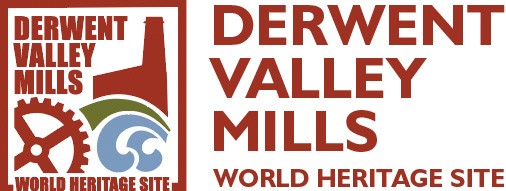m01

This is part of a heritage trail around Milford, taking in some of the key historic areas. You can find a map of the trail, and information on where to find interpretation boards containing more details on the town and its history at www.derwentvalleymills.org/milford.
Hopping Hill
The Strutts started purchasing land in Milford in 1781. Their first acquisitions were the forges at New Mills and Makeney, and later the same year, the Hopping Hill Meadow. Apart from a few scattered farms there was little habitation and labour came from the surrounding villages. The new industries brought a demand for more accommodation to house an expanding workforce.
Hopping Hill Terraces
On the east side of the river the land rises steeply, and the Strutts had little alternative but to construct their cottages in terraces which follow the natural contour and run parallel to the road and the river. Between 1792 and 1797, on land Jedidiah Strutt received from the enclosure of the common land and by purchase from Tristram Revell, two terraces of 28 and 29 three-storey houses were built on the east side of Hopping Hill.
The old road to the west
Number 28 is double-fronted and shaped to accommodate a road from Holbrook. It ran between number 28 and number 29 which once housed the Milford Provision Company, the Strutts’ Co-operative. The manager lived on the premises and his assistant next door at number 30. On the site was a warehouse, stable and slaughterhouse. The road from Holbrook was extended to continue behind the northern terrace of houses on Hopping Hill by 1823, reducing this road to a pedestrian route to the new road.
More information can be found at https://www.derwentvalleymills.org/wp-content/uploads/2014/12/History_Communities_Milford.pdf

